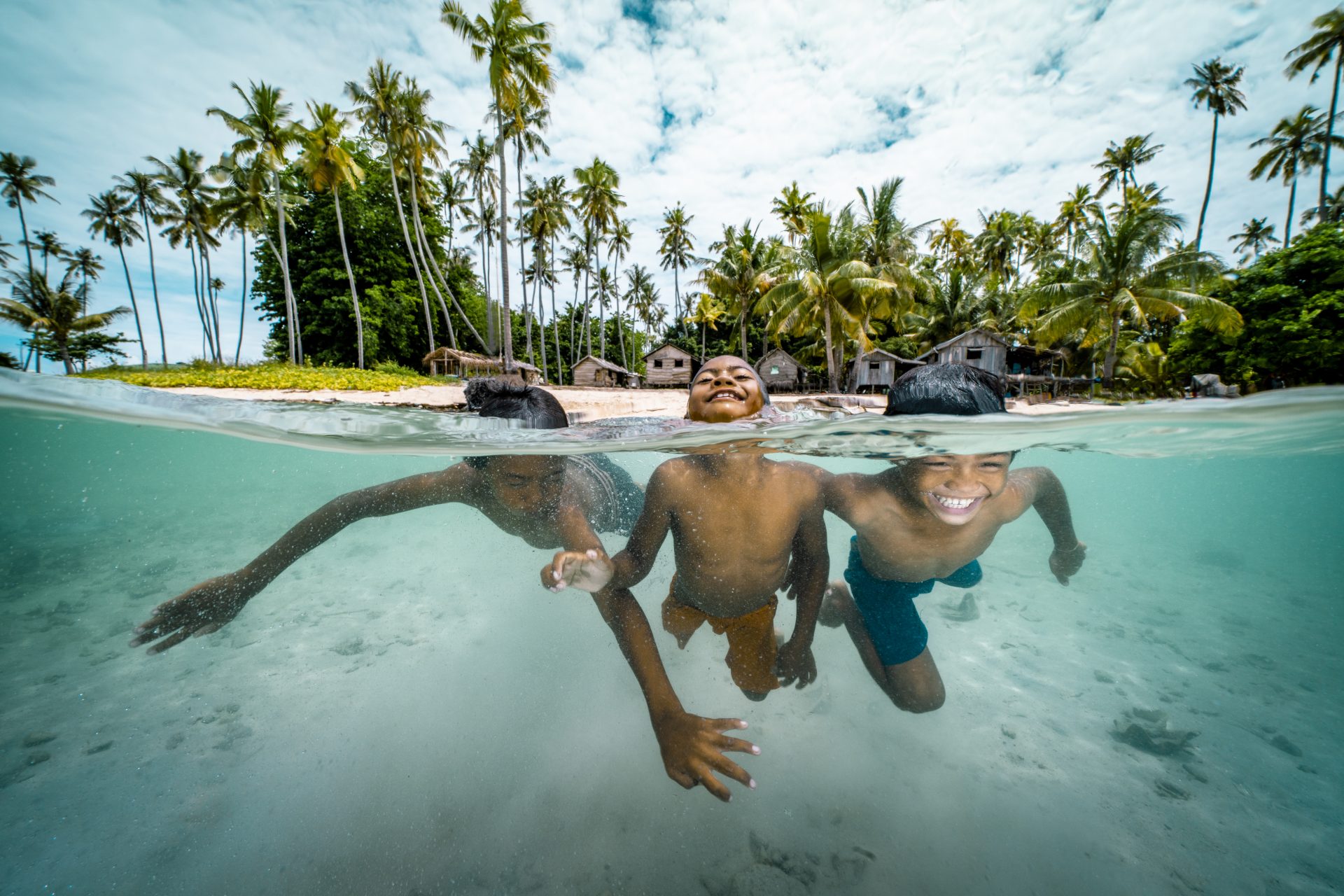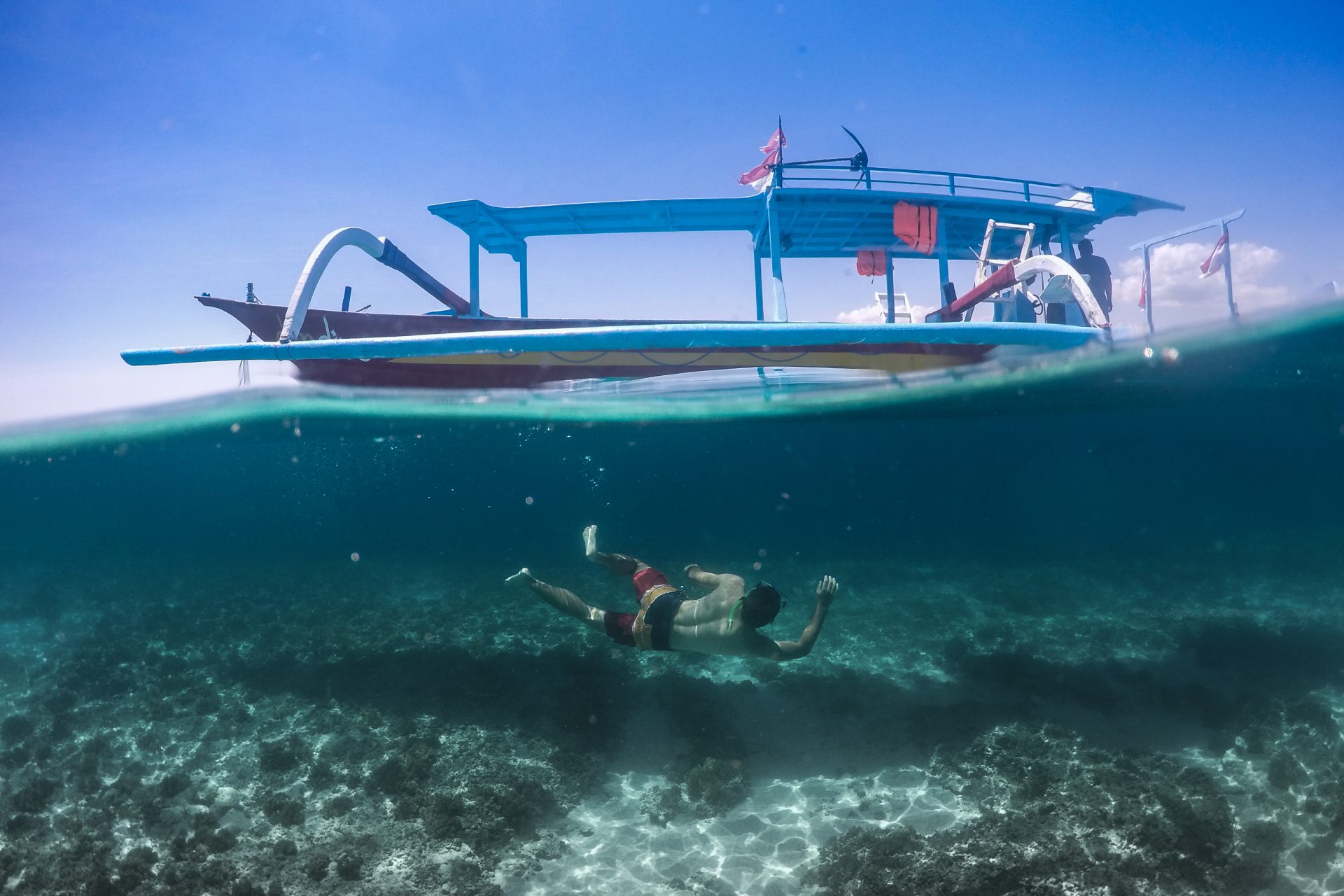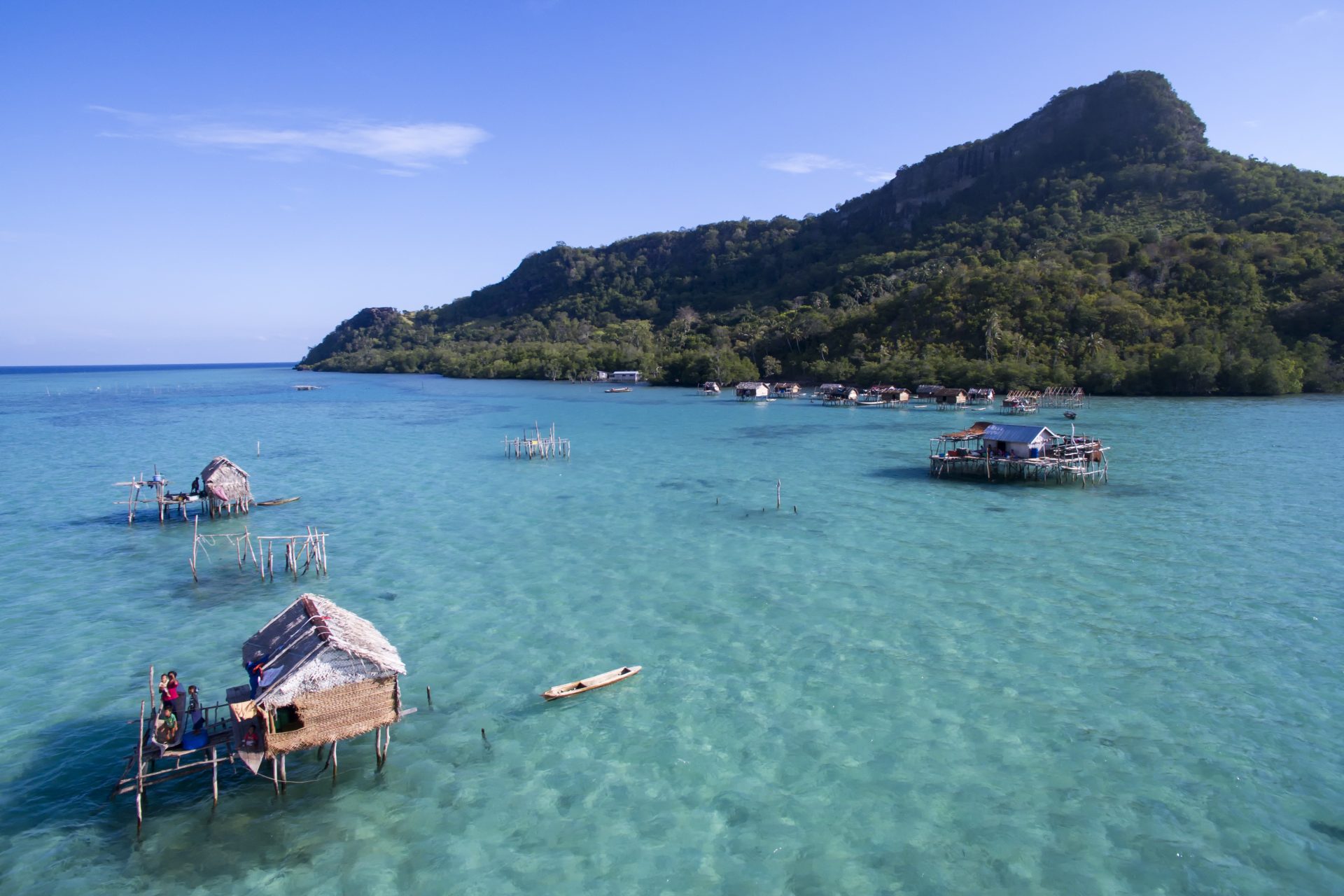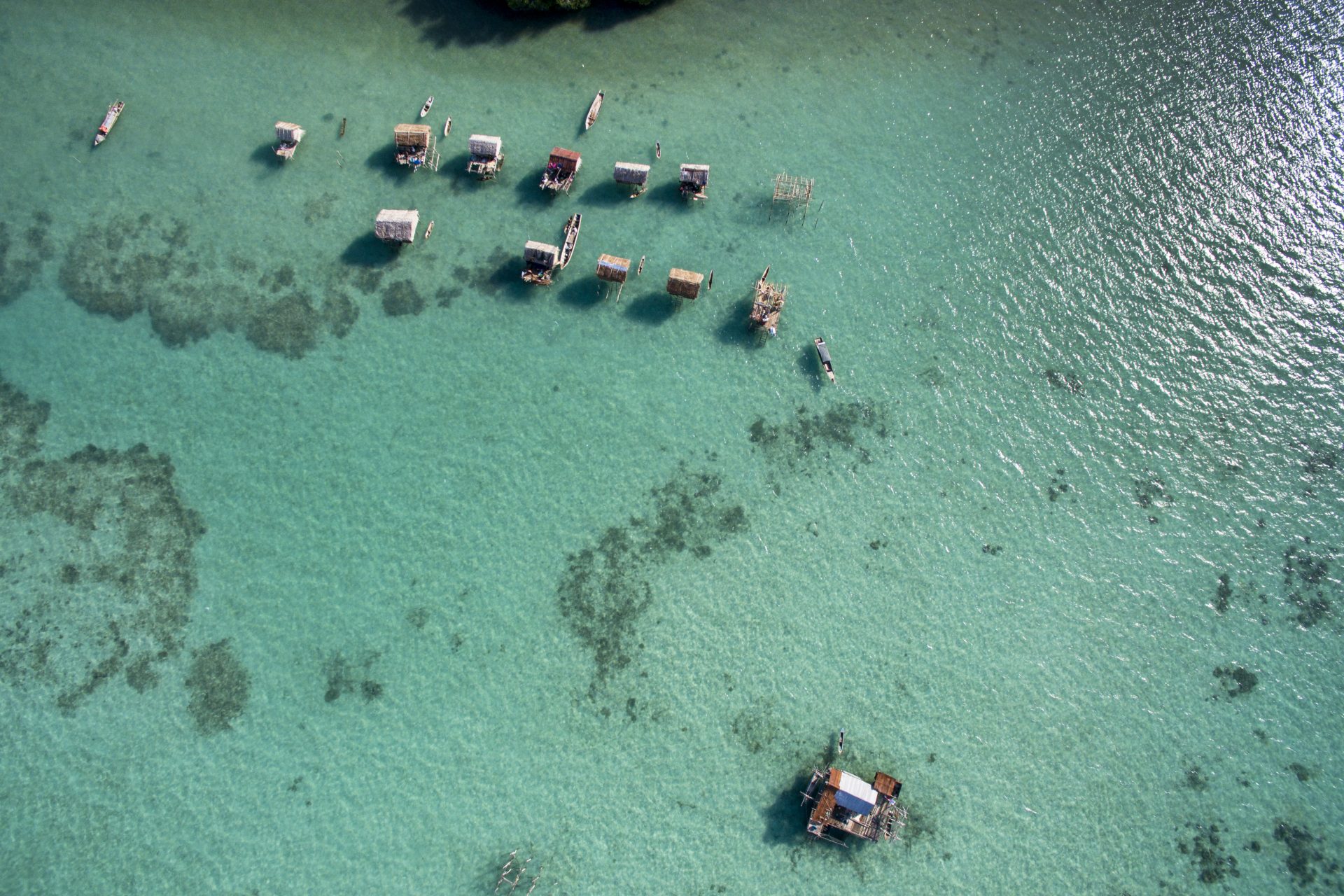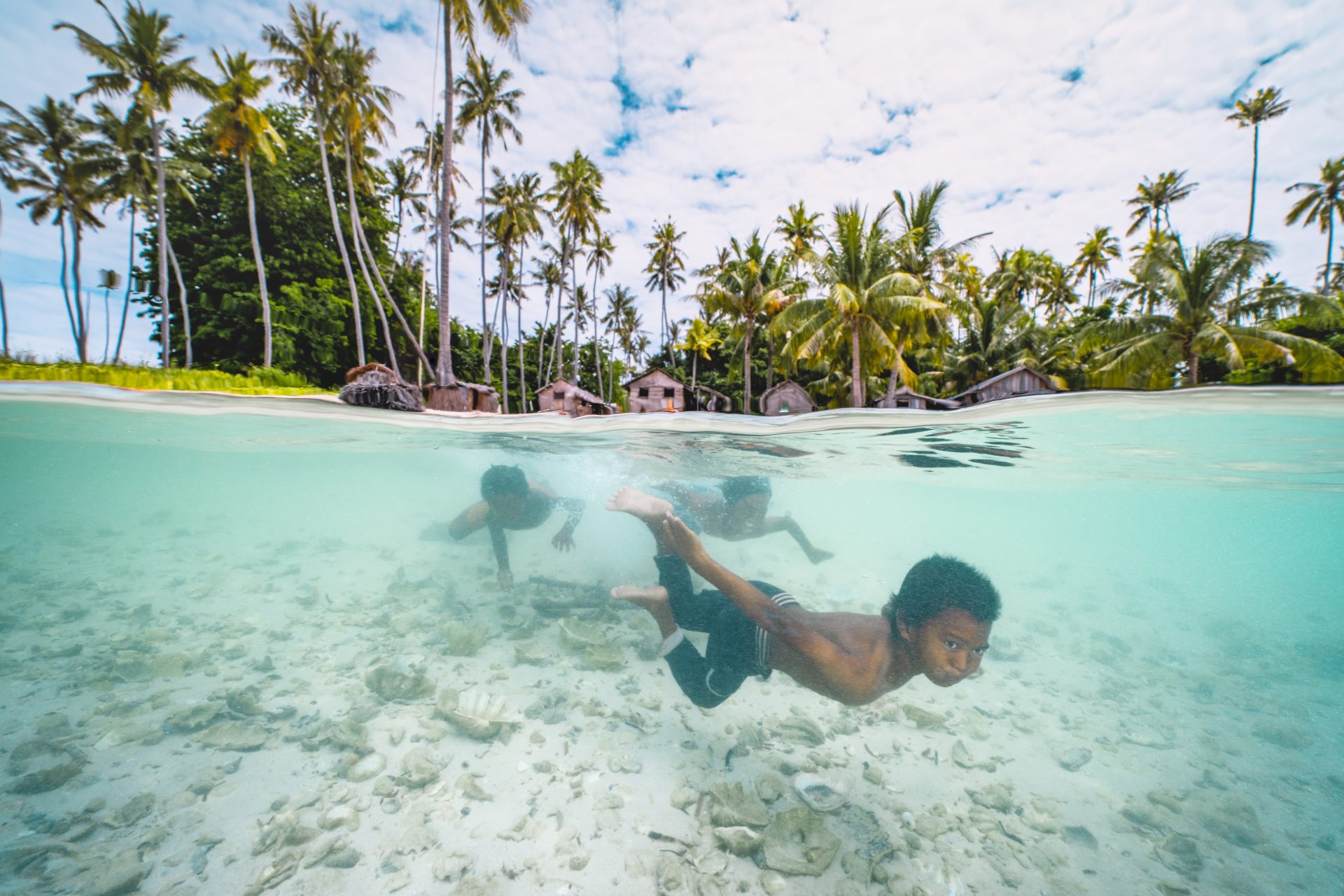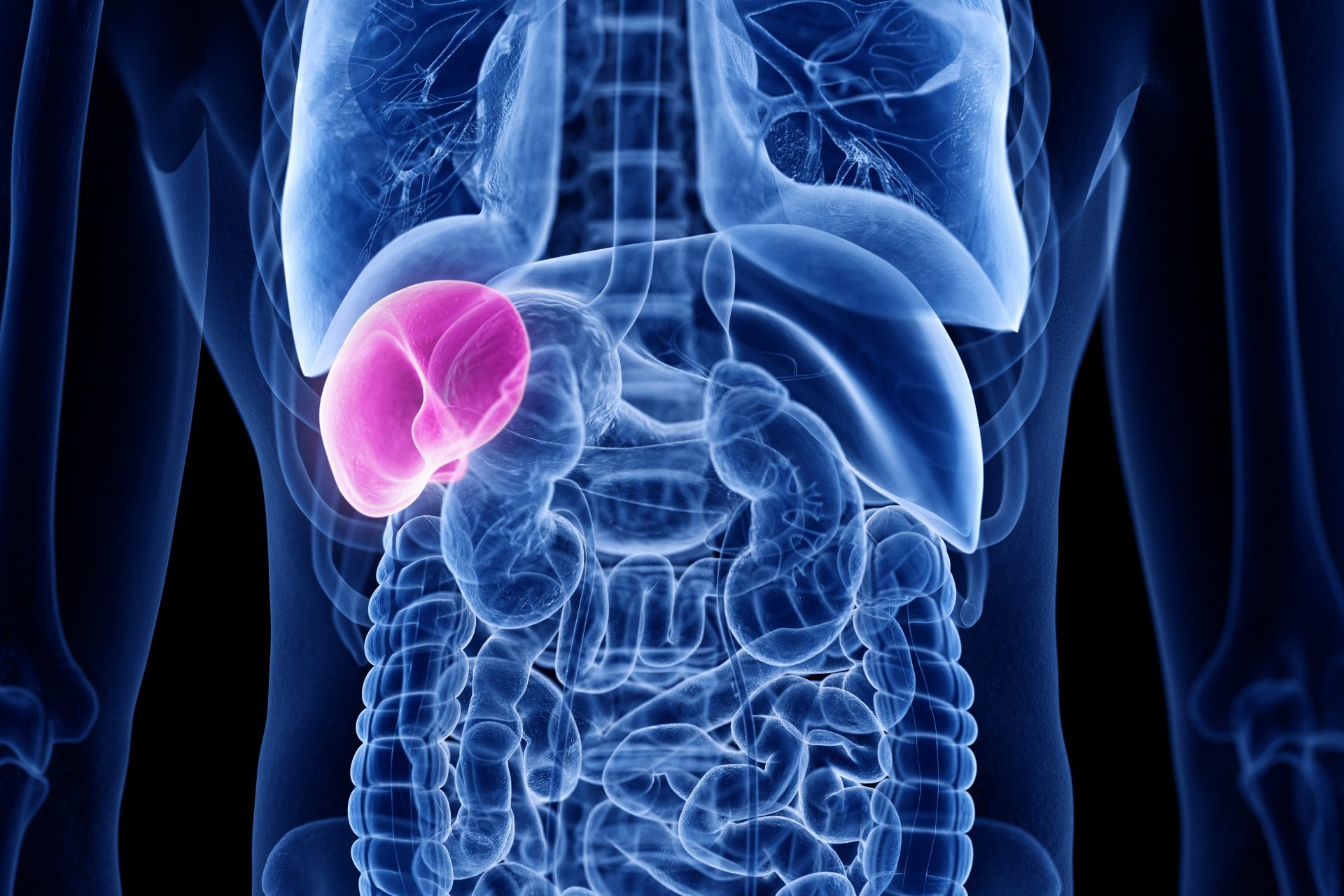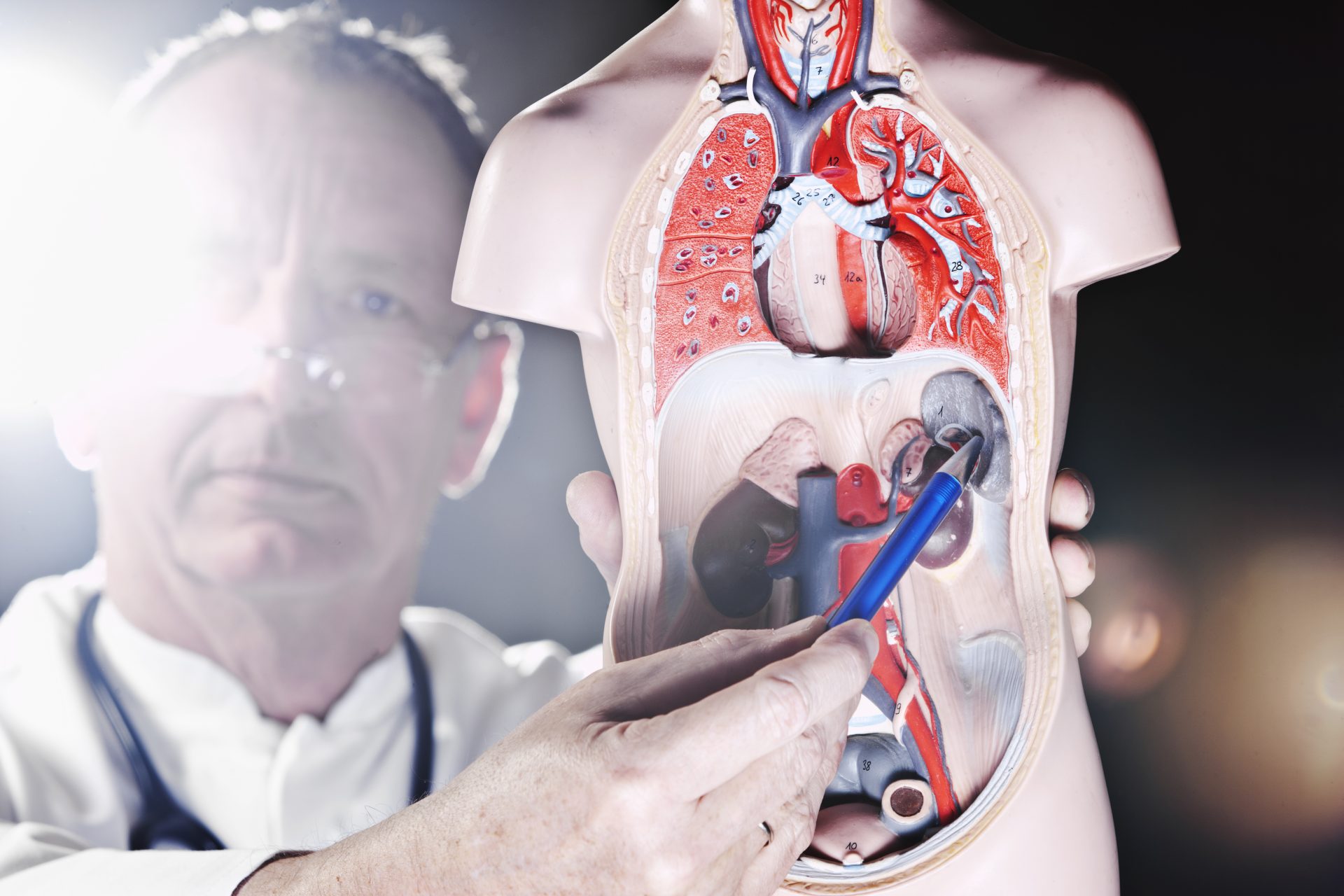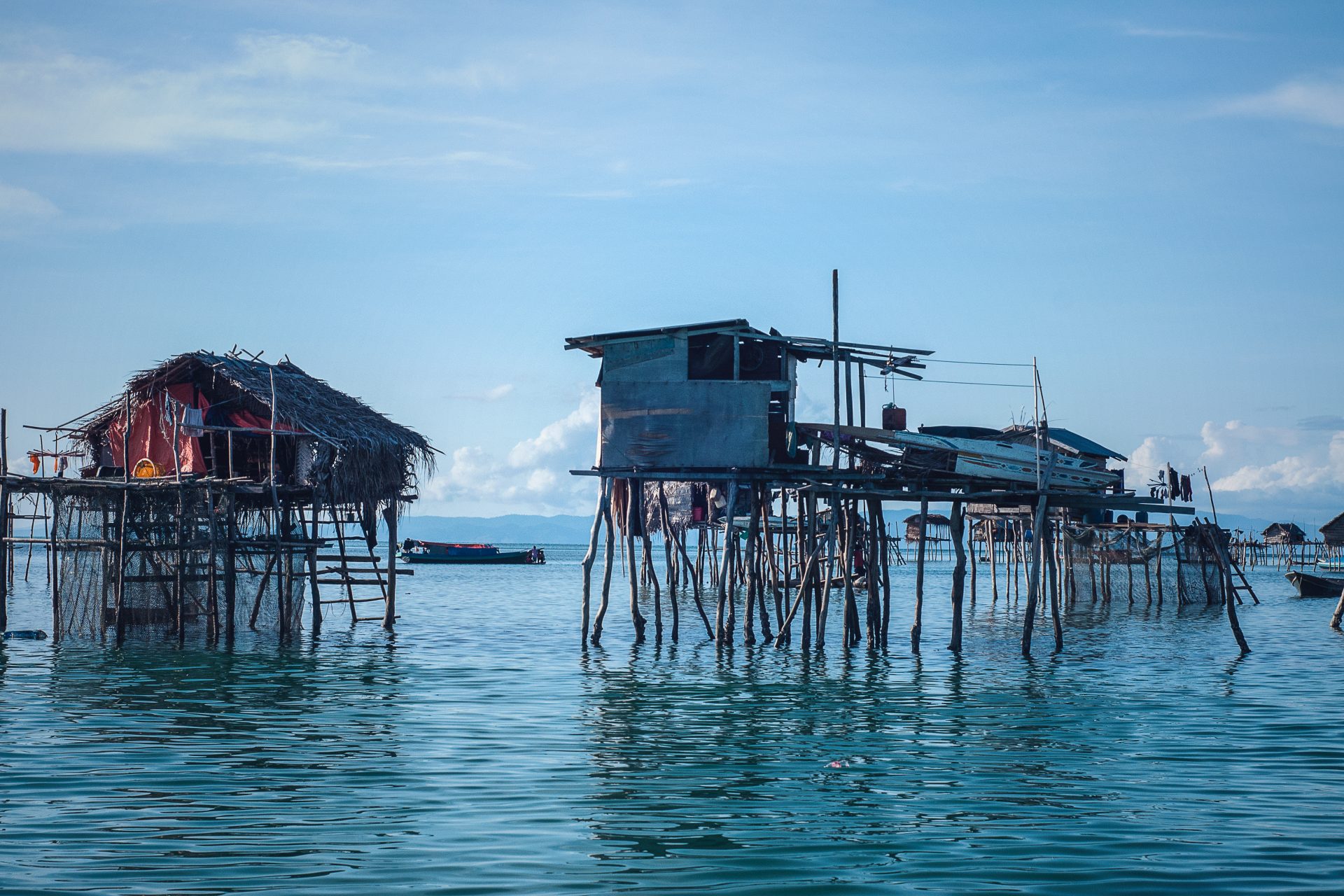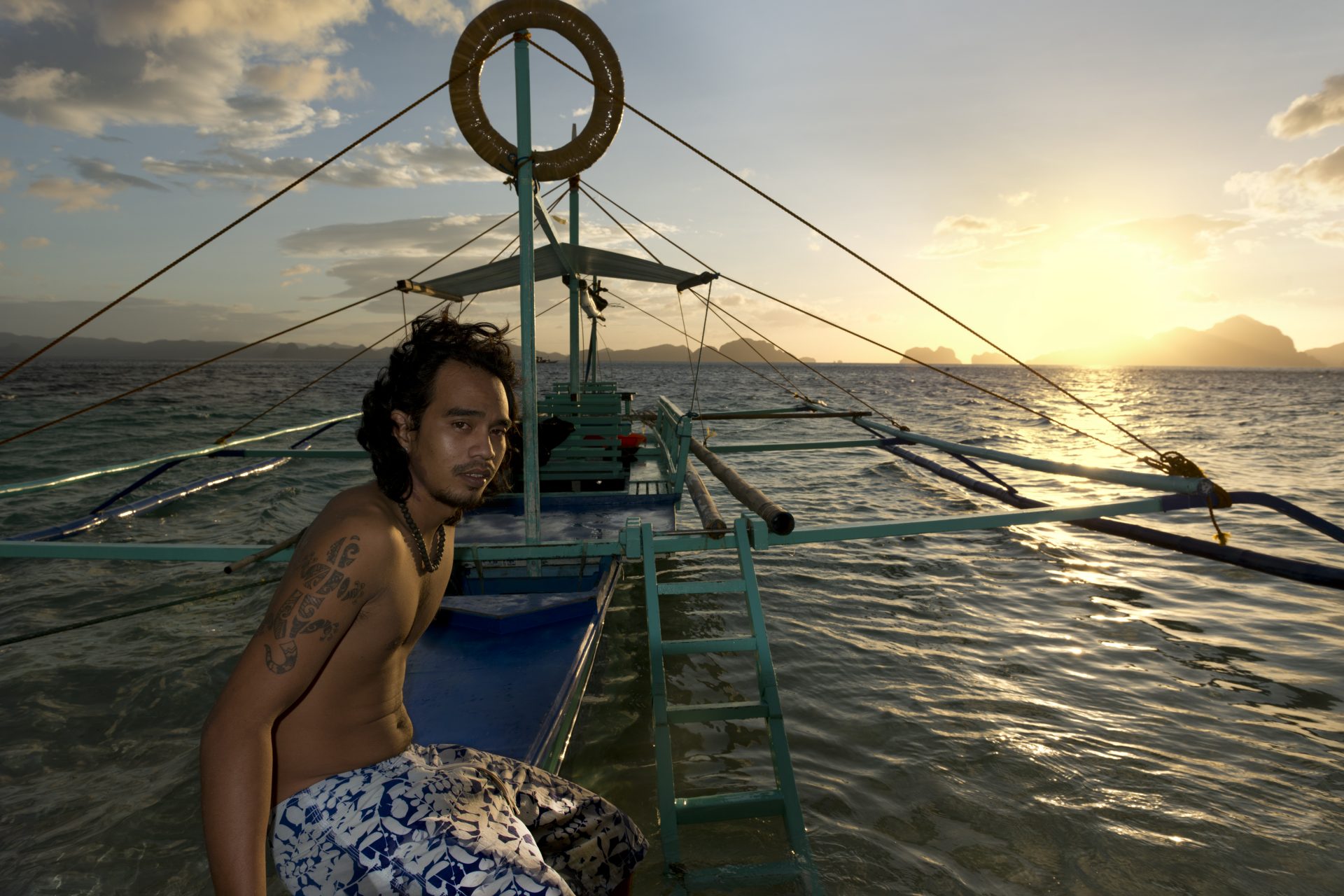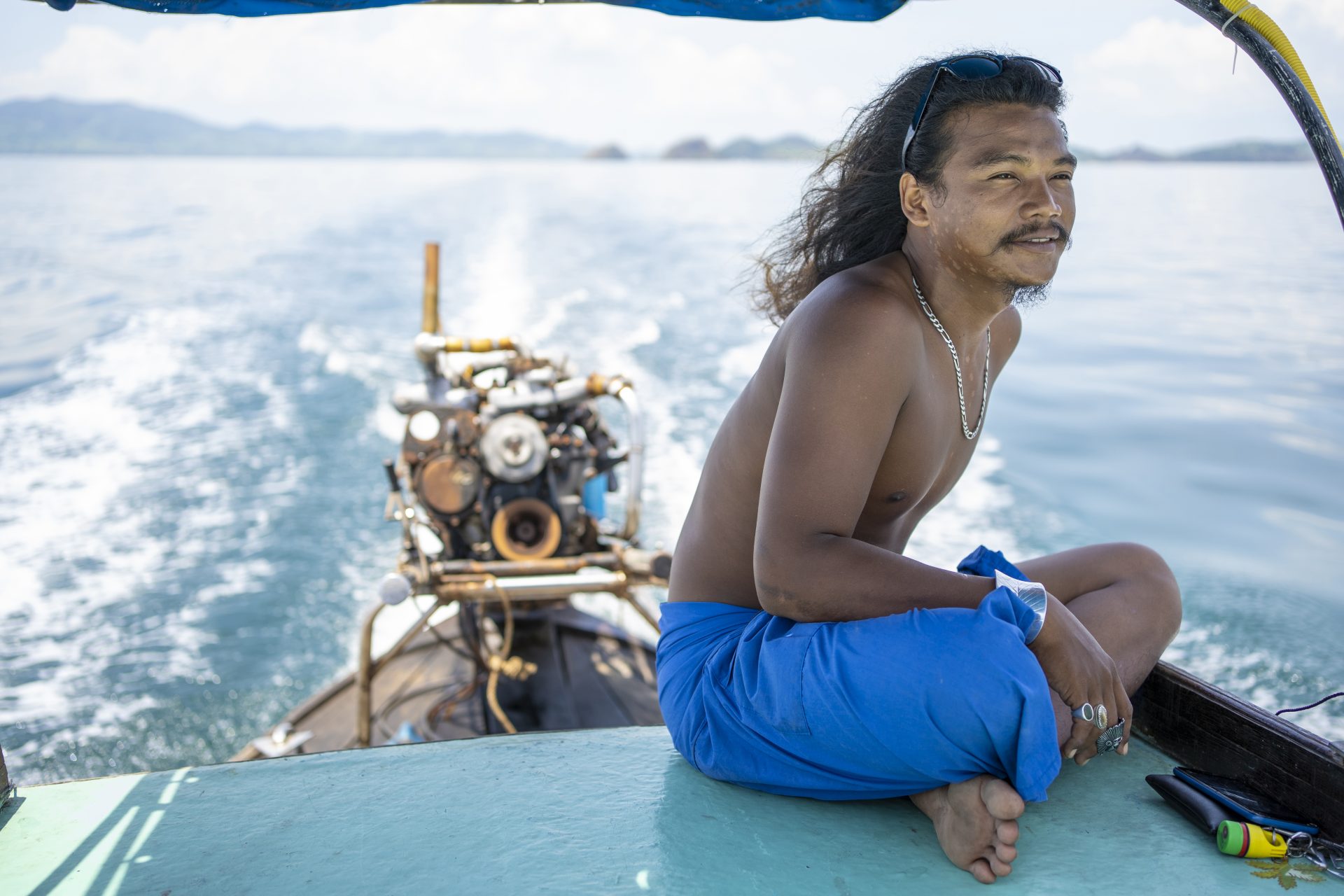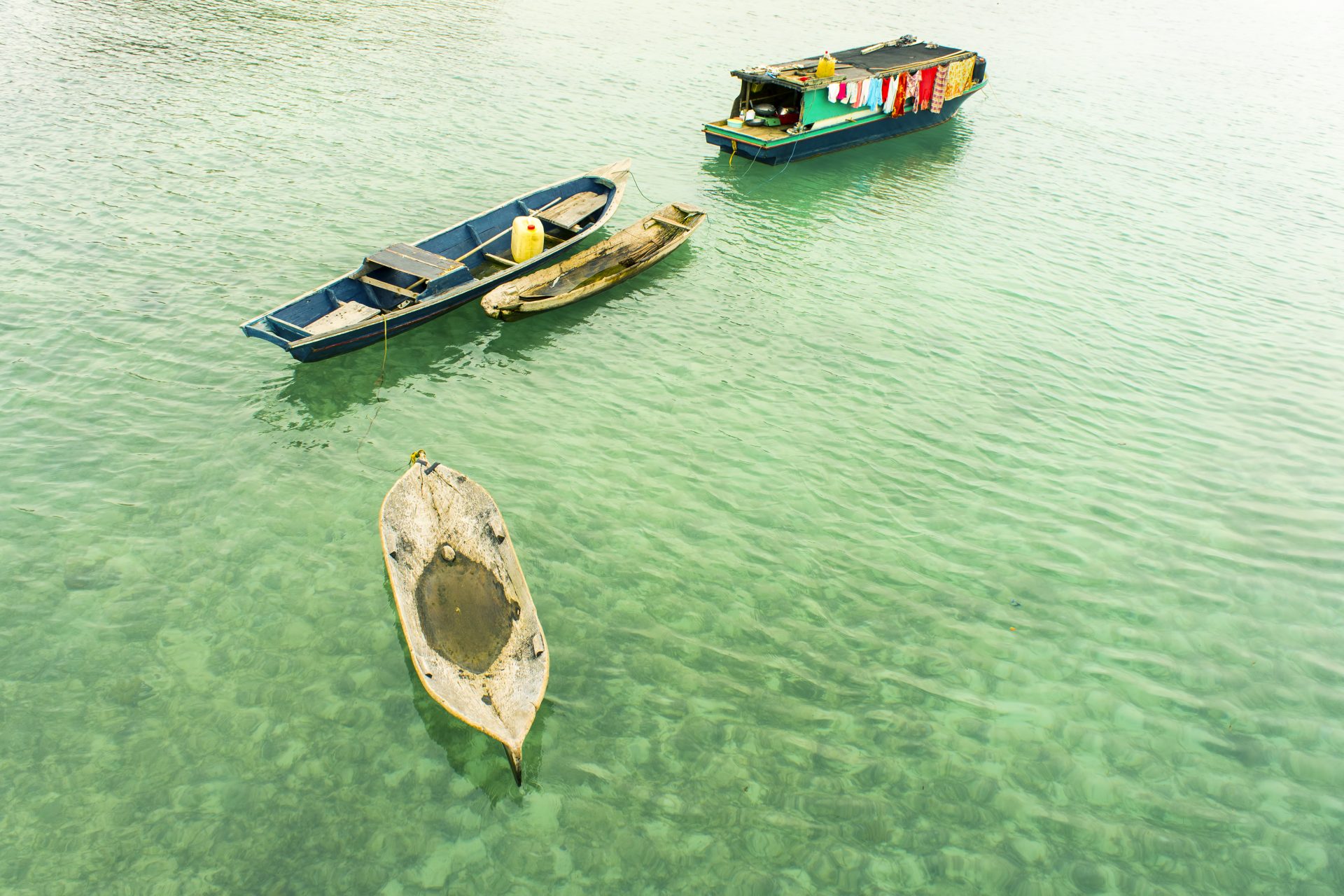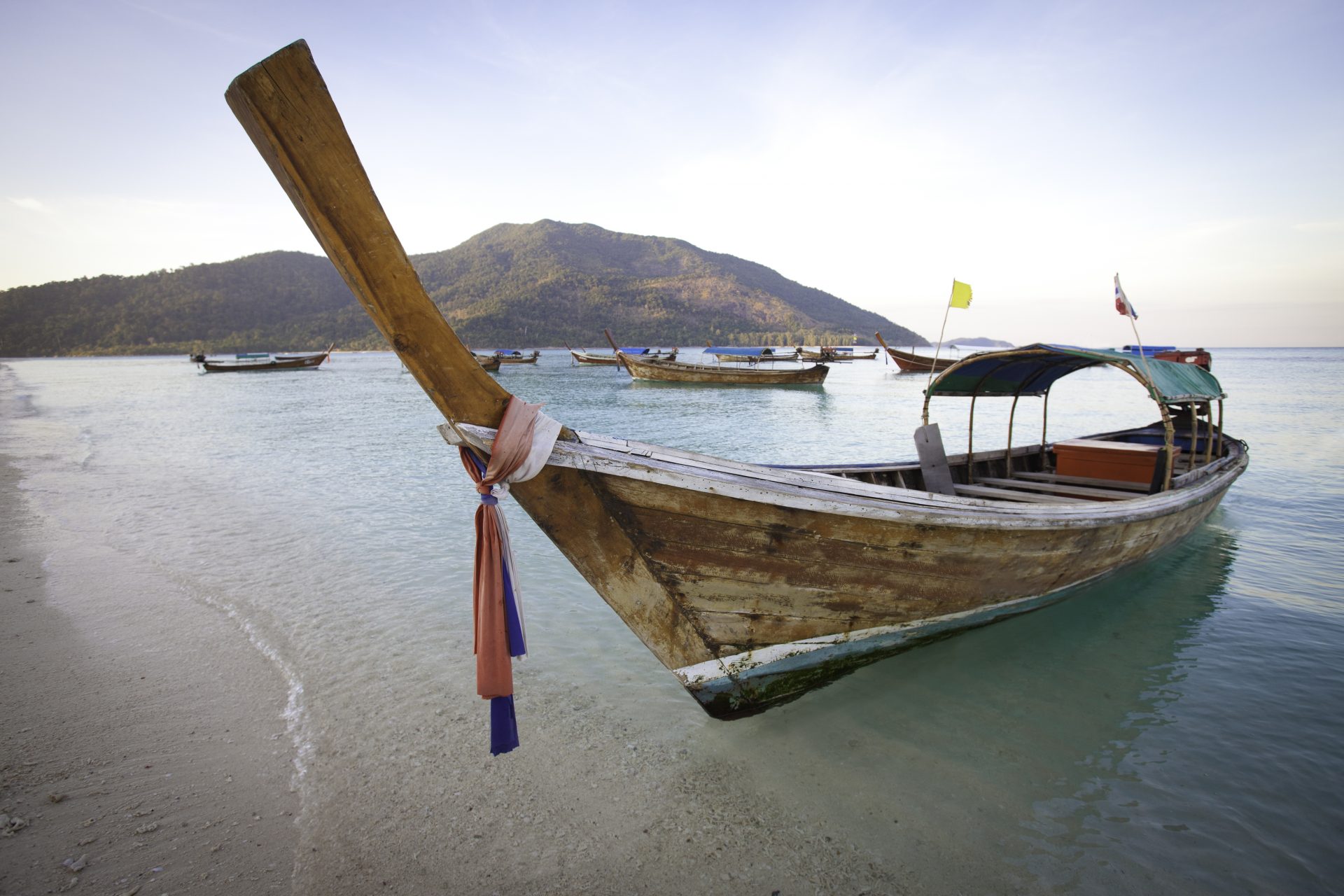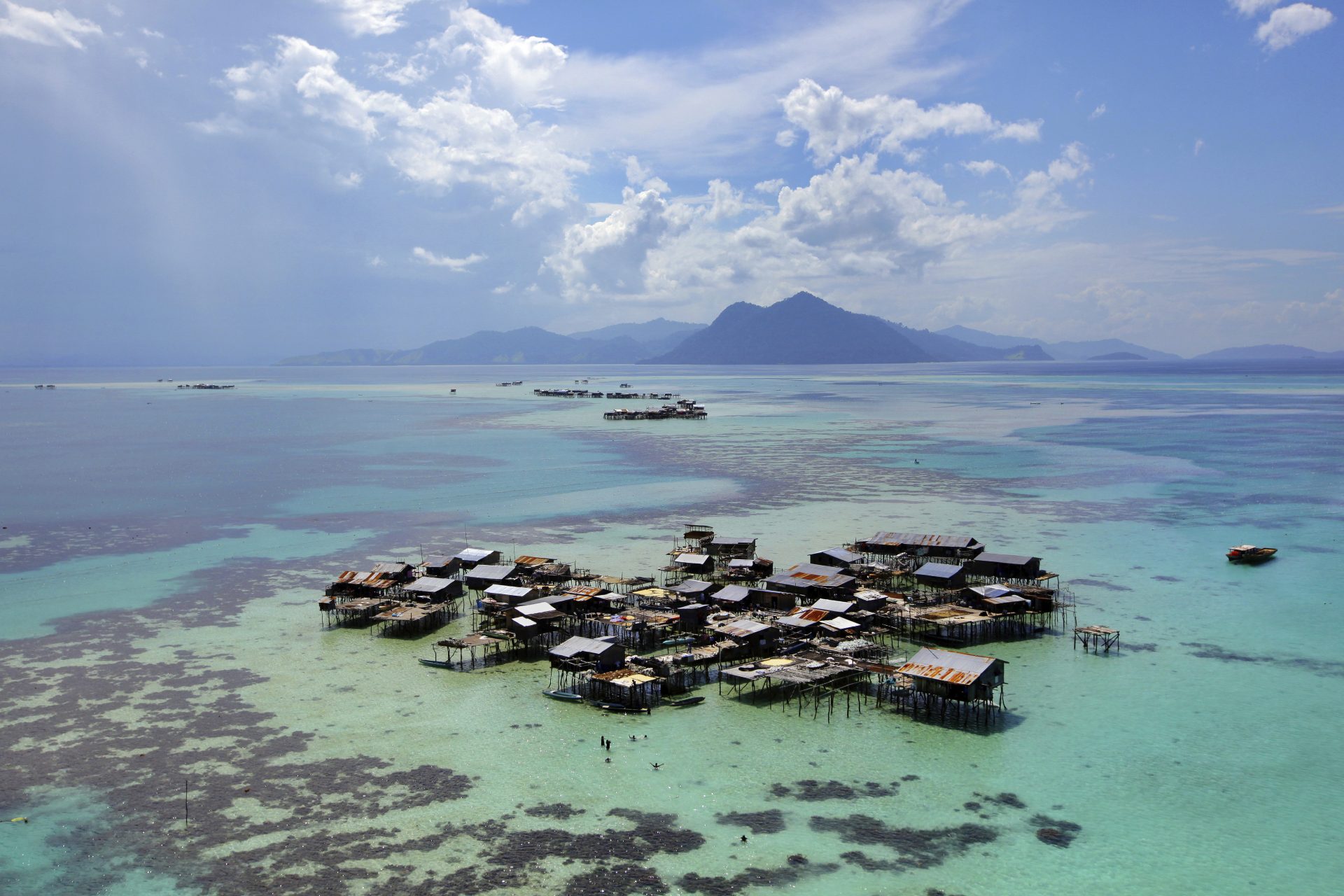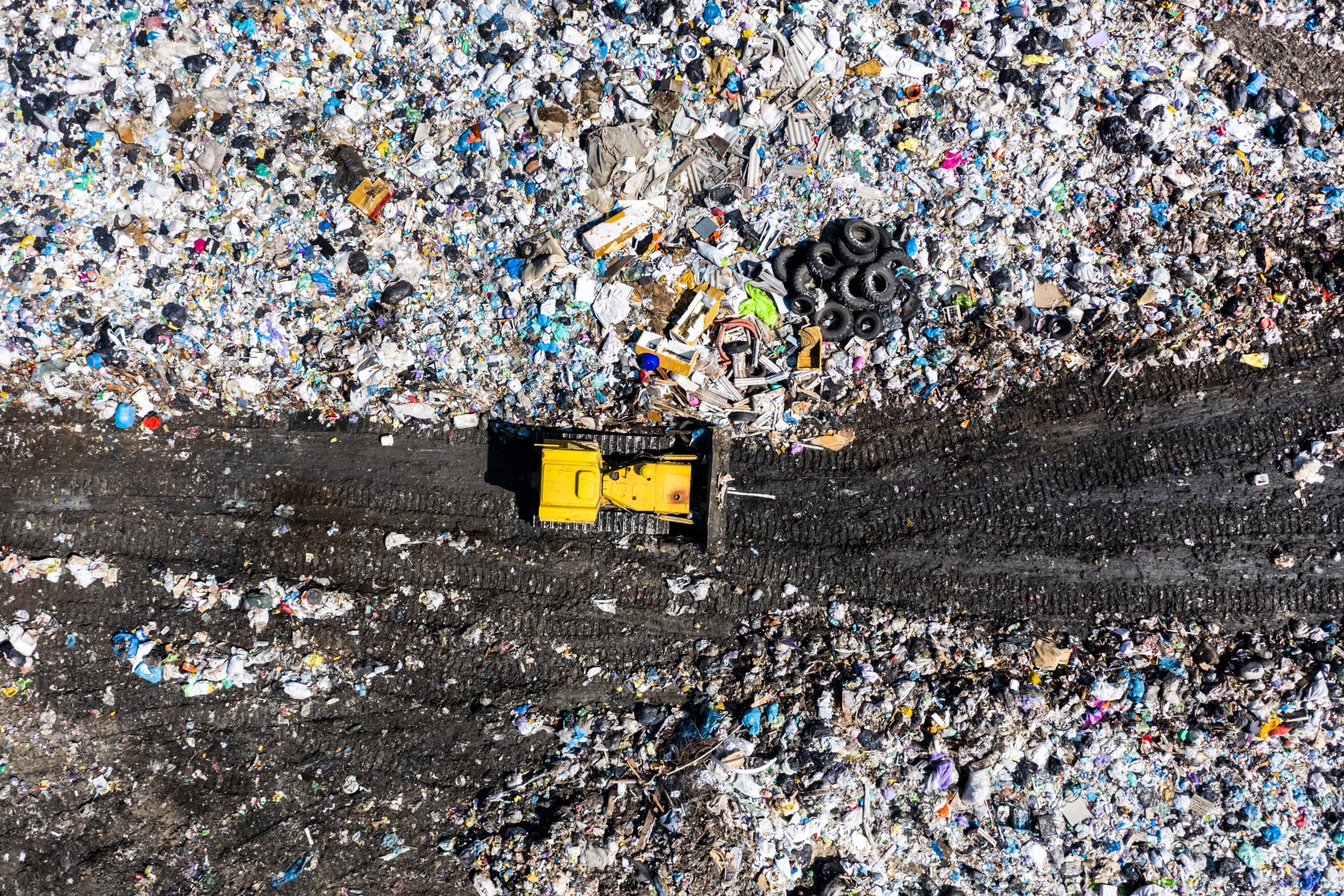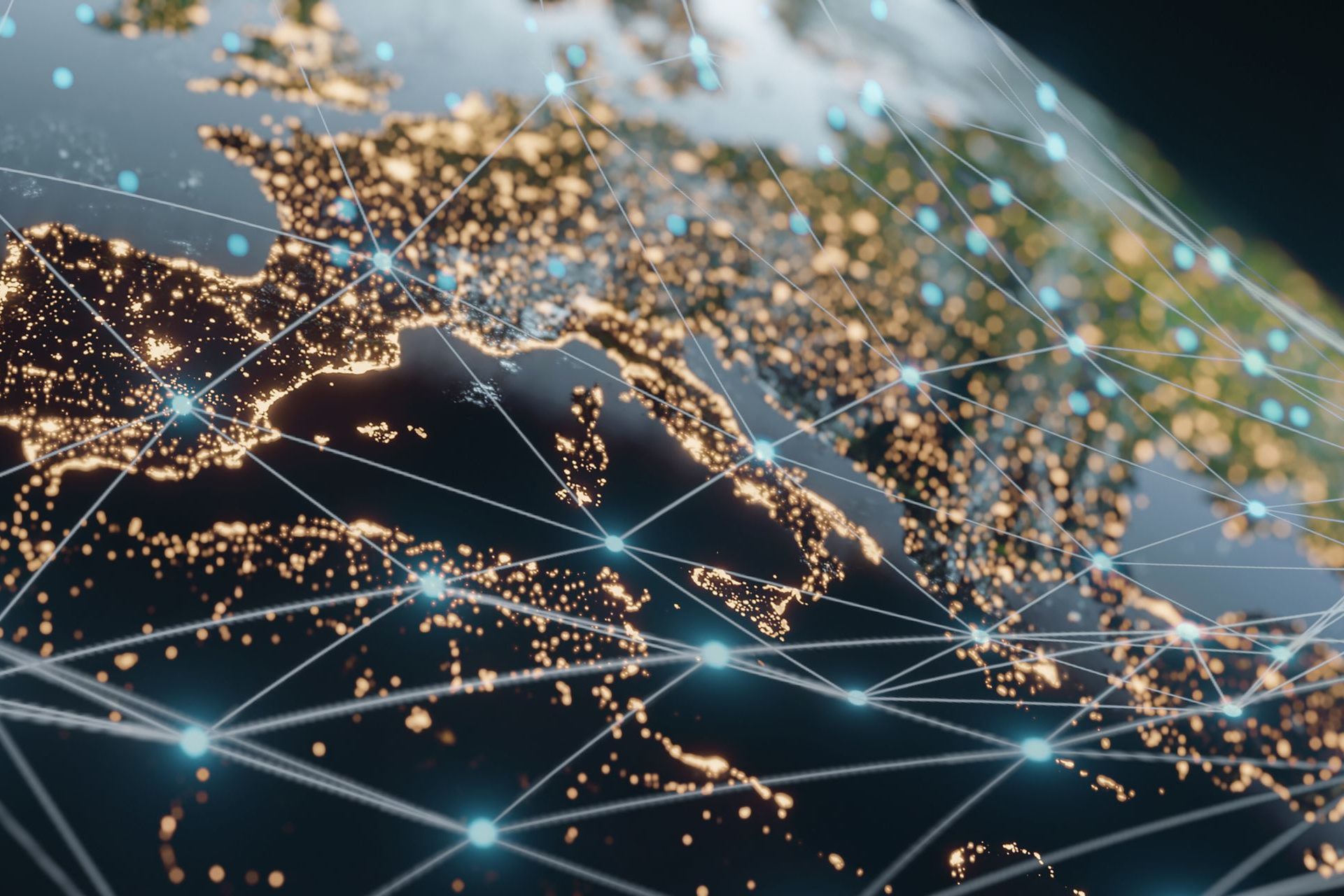The Bajau, these people have a genetic mutation allowing them to live in the sea!
A recent study found that a nomadic people in Southeast Asia may have genetically evolved to be better divers.
Unlike most humans, the Bajau live in the waters of the sea and spend 60% of their time submerged. They are so familiar with this element that in 2004, they were able to warn tourists of imminent danger, protecting them from the tsunami which ravaged the coasts.
This lifestyle has aroused the interest of researchers at the Center for GeoGenetics at the University of Copenhagen in Denmark. Melissa Llardo, lead author of the study, went to where the Bajau live to get to know them and study them.
These nomadic people live in the waters of the Philippines, Malaysia and Indonesia. The Bajau dive to catch fish, but also elements from the seabed, which they use to make handicrafts.
Melissa Llardo explained to the BBC's Inside Science that "For possibly thousands of years, [they] have been living on house boats, travelling from place to place in the waters of South-East Asia and visiting land only occasionally. So everything they need, they get from the sea.”
For this reason, the Bajau have developed an extraordinary diving ability and can spend 13 minutes submerged at depths of up to 60 meters, explains National Geographic.
With such ingenuity, the researcher suspected the Bajau of having a biological advantage and decided to study one organ in particular: the spleen.
The spleen controls, stores and destroys blood cells. About the size of a fist, it is located in the abdominal cavity, just below the lungs. When we dive, it functions like a biological scuba tank, increasing the availability of oxygen, according to the BBC.
Another factor that suggests spleen size may be linked to diving ability is marine mammals, such as seals, with proportionately larger spleens.
The author of the study, Dr Ilardo used a portable ultrasound machine to study the Bajau, "I asked very nicely for the people to let me look at their spleens," she said.
After measuring this important organ, the researchers found that it was 50 percent larger among the Bajau than among their agricultural neighbors, the Saluans, who live on dry land and only enter the water occasionally.
The researchers also observed that Bajau individuals who had other activities, and therefore did not dive, had spleens the same size as their family members.
Thus, according to the study, published in the scientific journal Cell, everything indicates that the increase in the size of the spleen is potentially a genetic evolution, and not a momentary adaptation of the organ.
However, Ilardo cautioned: ""It's not clear how long the Bajau have had this lifestyle, or when exactly the adaptation arose give the genetic data that we have now."
According to rough estimates, Southeast Asia has around one million Bajau people. Unfortunately, their way of life is under threat.
According to National Geographic, the Bajau do not have the same rights as other citizens and live on the margins of society.
Furthermore, the increase in industrial fishing is seriously harming their main livelihood, hand fishing.
The scientific interest in understanding how this evolution occurred and how the Bajau organism functions also has a medical purpose.
As National Geographic explains, the diving reflex is similar to a condition called acute hypoxia, in which humans quickly lose oxygen. In some cases, this condition results in death. The study of the Bajau spleen could therefore serve as a laboratory for understanding hypoxia.
More for you
Top Stories



